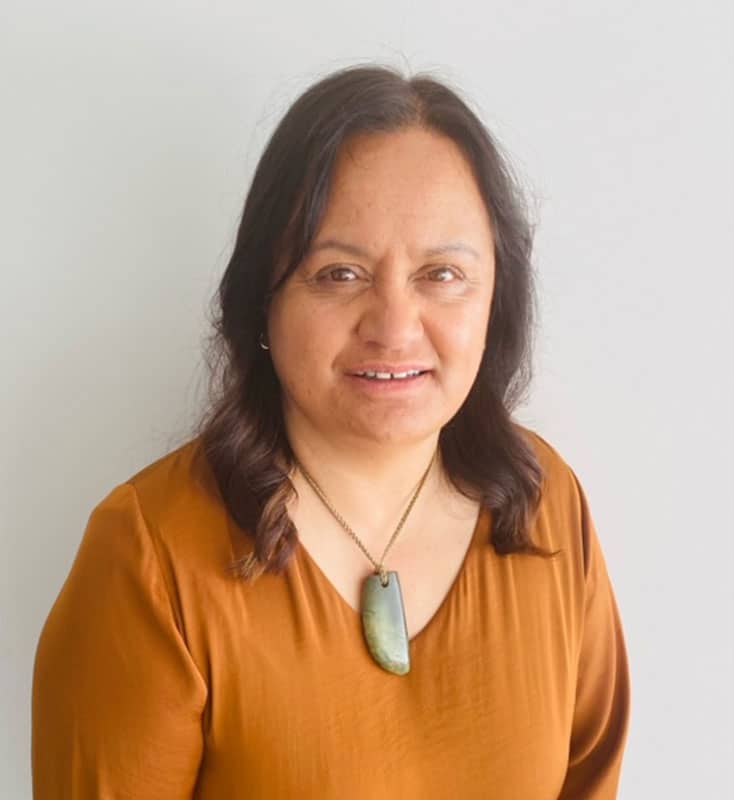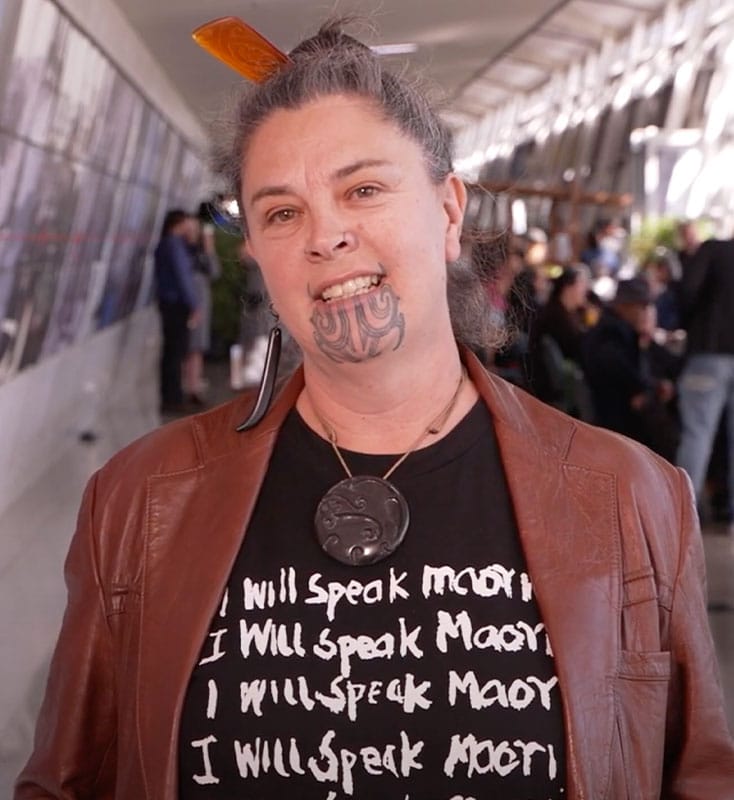This article addresses the critical and growing issue of housing on Māori land in New Zealand.
It contextualises the housing crisis within broader socio-economic trends affecting the Māori population, such as declining household incomes and a rapidly growing young population. The piece highlights recent efforts by local and regional councils, particularly in the Western Bay of Plenty sub-region, to simplify the development of Māori land for housing. This includes the creation of papakainga rules, development toolkits, and workshops aimed at building the capabilities of Māori land trust trustees. The article also discusses the increasing mobilisation and engagement of Māori communities at both national and regional levels, evidenced by national conferences and the formation of regional collectives like the Western Bay of Plenty Māori Housing Forum. These developments signify a collective strategy to address housing issues on a larger scale. Attention is drawn to the central government’s role, particularly the Social Housing Unit’s allocation plan and Housing New Zealand’s revised criteria for Kainga Whenua lending, aimed at improving the viability of social housing on Māori land. The author, serving as the Project Manager for the Mangatawa Papakainga, shares firsthand experiences in developing housing projects on Māori land. The challenges of working with communal land tenure and navigating multiple ownership are discussed, along with the complexities of the Te Ture Whenua Māori Act. The author highlights the importance of engaging shareholders in the decision-making process, adhering to traditional concepts of consensus and whanaungatanga. Furthermore, the article emphasises the holistic benefits of papakainga housing, which include cultural, environmental, financial, and health improvements. The importance of structuring projects to be financially sustainable is underscored, along with exploring funding options and government support.










